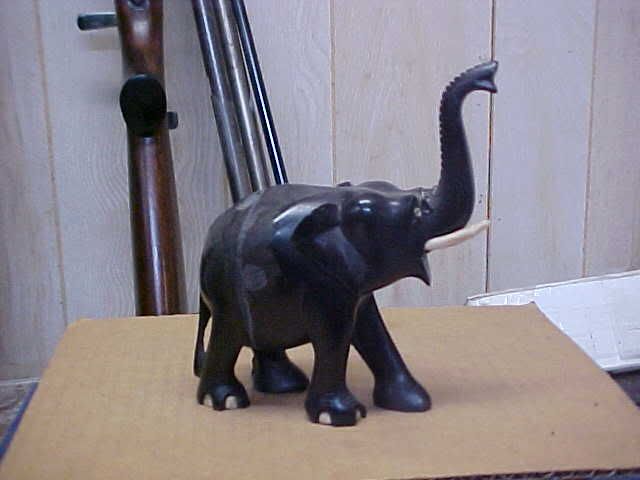Here's an example of what I do with some of my pieces. The ebony elephant is one of a pair brought back from what is now Nigeria by my Great-Great-Grandfather in the late 1890s. It shows the results of over 100 years of neglect and generations of children's abuse. You're looking at the good side, the other tusk is missing as is the other eye and a few toenails.

I'll shape other ivory pieces to replace the missing ones, and repair the various cracks and missing ebony with ebony scraps & epoxy. I restored the other elephant last year and swapped it to my brother for this one and now I'm restoring it.
Curiously enough, these elephants and a few other touristy-type gewgaws were obviously made for trade to the European element. He also brought back a pair of carved & painted wooden plaques, one showing a tiger's head & the other showing an American Indian chief's head, and a Birmingham-made butcher knife with a locally-made sheath.
Elephants and a trade knife I can understand, even in the dreaded Bight of Benin's Slave Coast, but where oh where did that tiger and red Indian come from? Had to be from some local Asian Indian or Portuguese trading outlet. By the 1890s the coastal slave traders were mostly gone (slave routes moved to the East coast) and the inland Ashantis had been recently chastised into submission, so things had become at least partially-civilized around the area of Cape Coast Castle.
Anyway, the ebony elephants have an interesting family history and are well worth restoration using authentic materials as much as possible.
Regards, Joe